
Diabetic foot ulcers caused by impaired blood circulation need urgent care before amputation is indicated
Diabetic mellitus is one of chronic diseases that can result in several complications. One of serious complications is diabetic neuropathy that eventually leads to “diabetic ulcer”.

Bipolar disorder
Bipolar Disorder is a condition where patients exhibit significant mood abnormalities, characterized by either unusually intense sadness, crying, exhaustion, a desire to die; or, conversely, abnormal elation, exuberance, and talkativeness. Patients may experience symptoms from just one side, such as the elated mood, or from both sides.
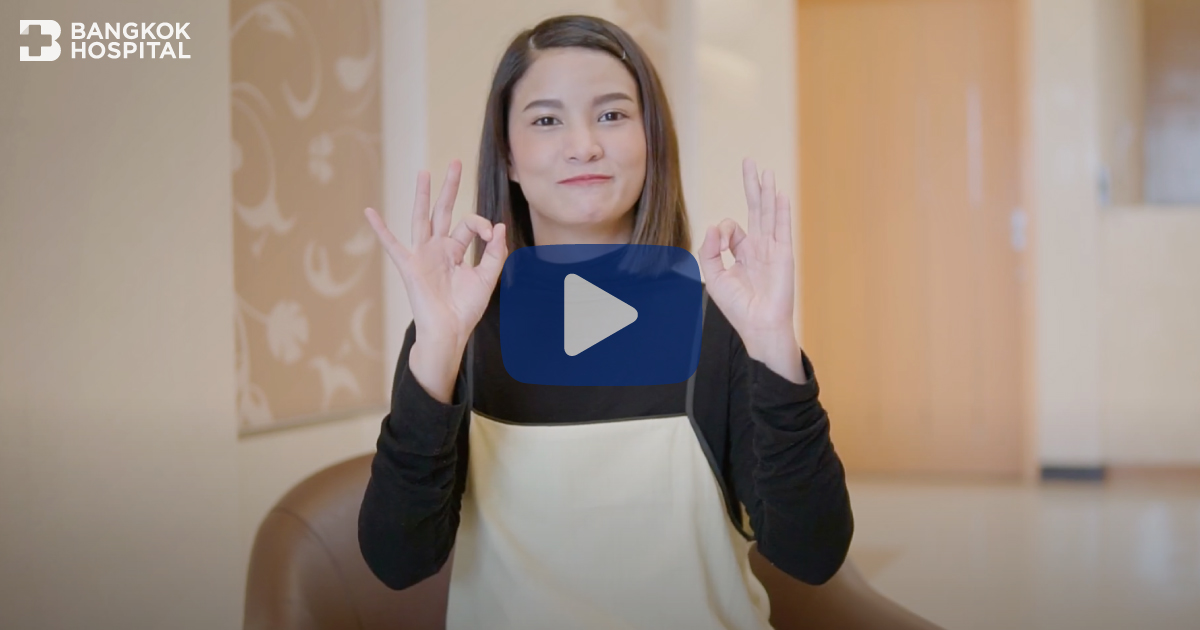
World Changes, When Eyes Meet New World with Bladeless LASIK
ReLEx SMILE bladeless LASIK surgery, small wound, quick recovery, and life after the procedure with the young singer Praew - Kanitkul Netrbutr

Do’s & Don’ts Before and After ReLEx or LASIK
ReLex is the latest innovative treatment for nearsightedness and astigmatism. It is a bladeless surgery with minimal incision which is not harmful to the lens and has very few side effects. The surgery itself and recovery time are very short. It is easy for the patient to prepare for the procedure and to recuperate afterward.

Caring for Your Eyes After LASIK Surgery
Taking care of your eyes after LASIK surgery is very important to ensure that the treatment goes according to plan and yields good results. It is recommended to have follow-up examinations at least 5 times: 1 day, 1 week, 1 month, 3 months, and 1 year after the surgery. After completing one year, it is advised to have an eye examination once a year to monitor the treatment results and whether they are in accordance with the treatment plan.
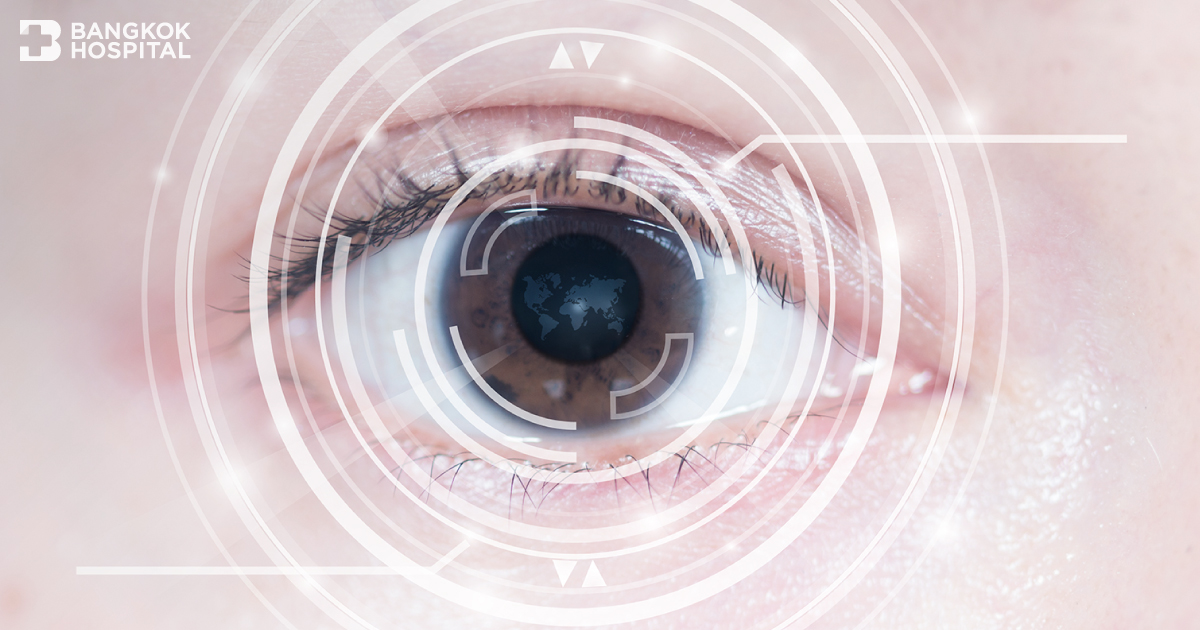
Treating vision problems with Photorefractive Keratectomy (PRK) and LASIK
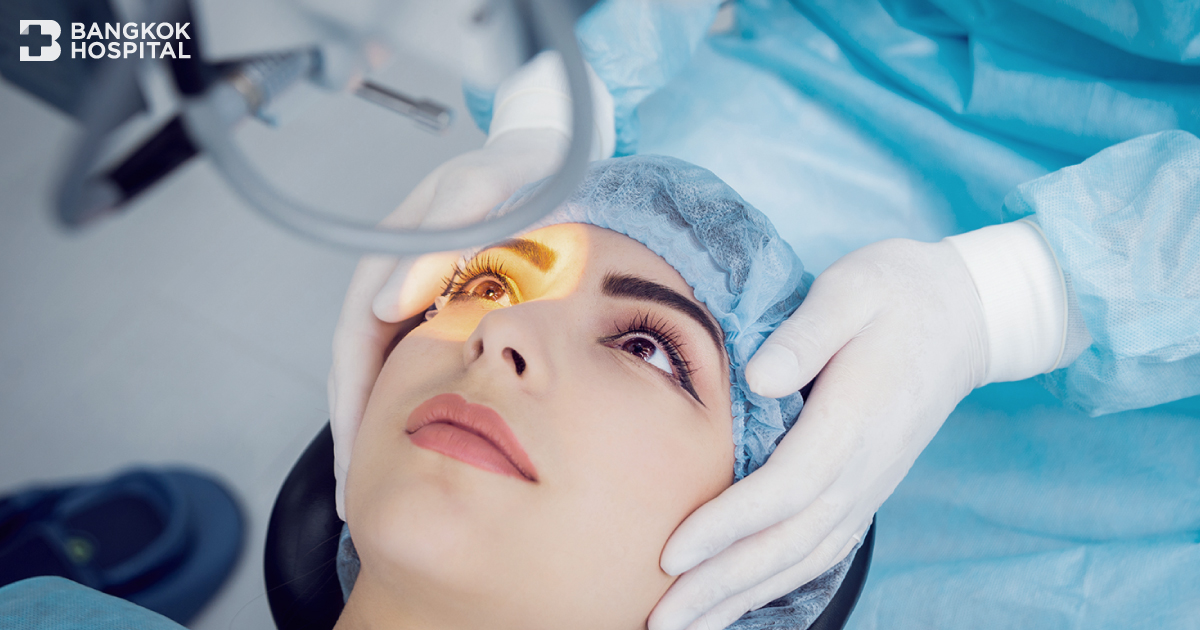
FEMTO LASIK Surgery Procedure
FEMTO LASIK Surgery Procedure
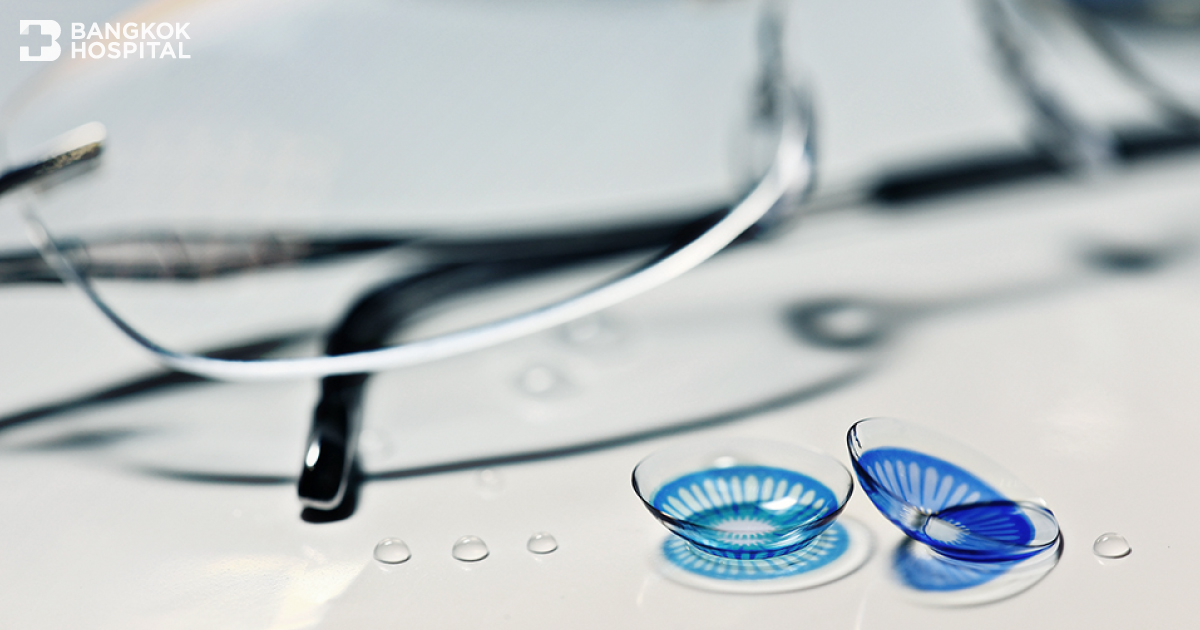
Options for Correcting Vision Abnormalities
When people have abnormal vision (Refractive Error), it can be corrected in several ways to improve clarity of vision, including eyeglasses, contact lenses, and surgery to address the abnormal vision condition.
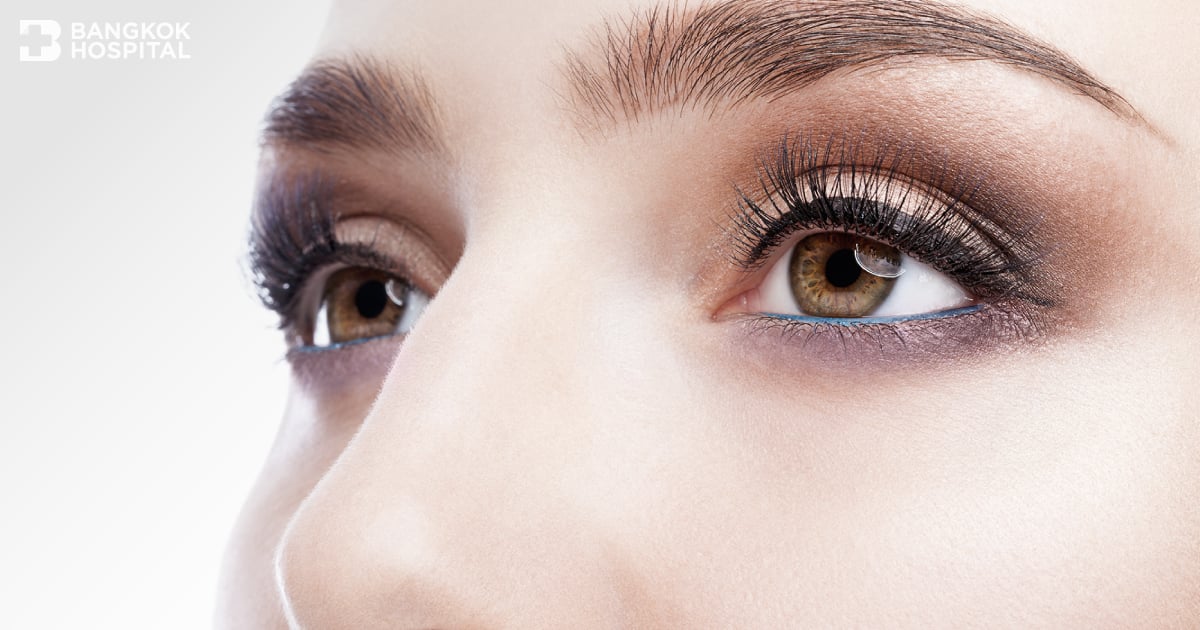
FEMTO LASIK revolutionizes vision without the need for glasses or contact lenses.
Visual impairments are the result of inadequate focusing power of the eye relative to the length of the eyeball, resulting in the improper focus of light on the retina. This leads to various types of visual impairments, which are classified into 4 types: nearsightedness, farsightedness, astigmatism, and presbyopia. Another popular option is to undergo FEMTO LASIK surgery.

Suitable Candidates for LASIK Treatment
Most people may think that anyone can undergo laser eye surgery. On the contrary, some people may have characteristics that are not suitable for LASIK. Ophthalmologists will have to conduct an examination to ensure that the patient meets the basic criteria for undergoing LASIK surgery.

Refractive Errors
The normal vision is when the light passes through the cornea and the crystalline lens to help focus the light rays onto the retina for a clear vision.

Better Change A Better Perspective
Seeing the world brightly is a result of having complete eye health, but today, few people own eyes that can see the world brightly without the aid of tools like contact lenses or glasses. This is because various lifestyle factors gradually promote the deterioration of our vision.
